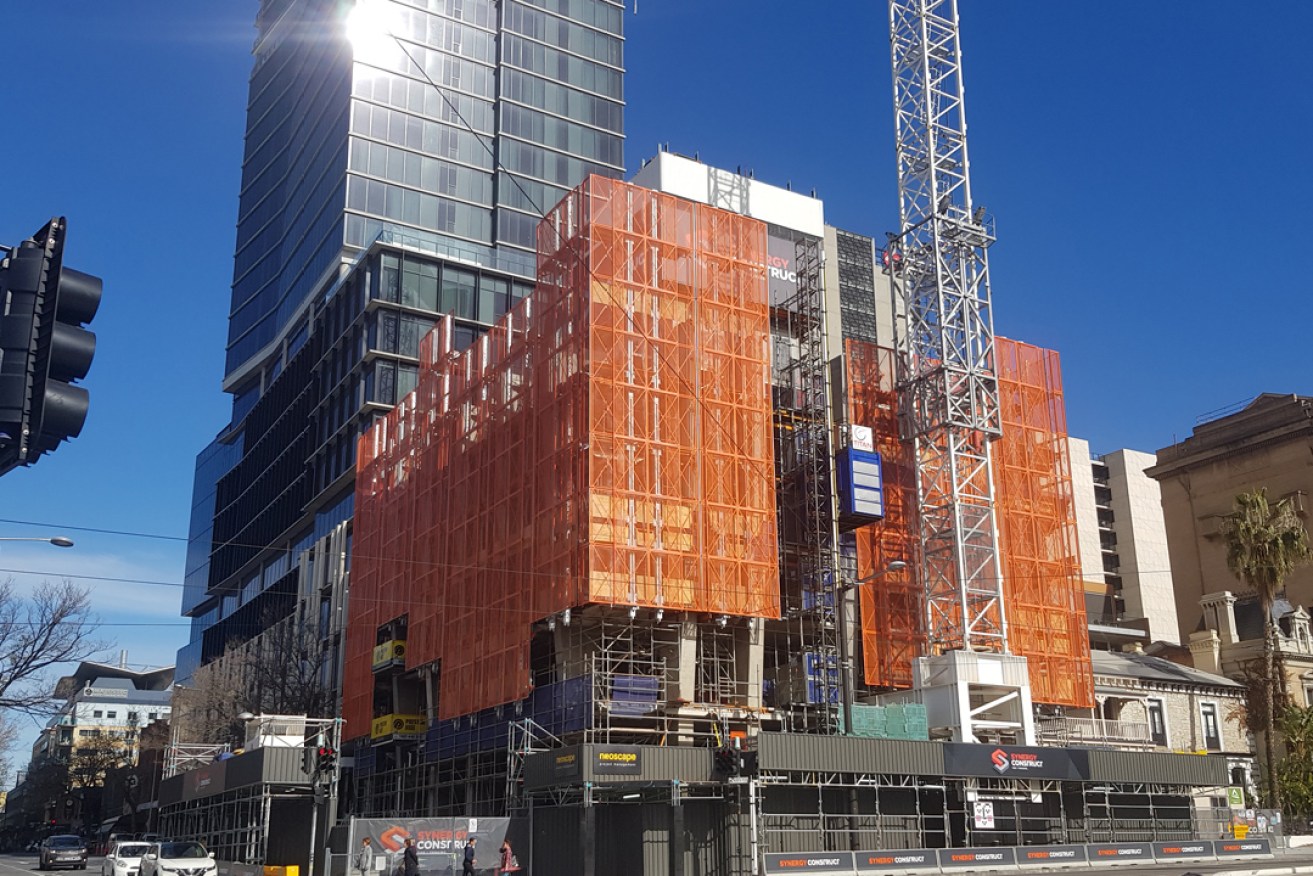What Adelaide’s new planning laws will mean for you
New planning laws that will determine the future of developments across metropolitan Adelaide will come into effect later this week. University of South Australia planning expert Professor Andrew Beer explains what they mean, why they came about and how the changes will impact developers, councils and the community.

Across the globe, communities and governments struggle to find a balance between land use planning policies and development controls that are too restrictive – which may stifle economic growth, push up the cost of housing and dampen creativity – and those that are too permissive, resulting in the destruction of heritage and communities.
South Australia has been grappling with these issues for a long time.
In 2013 the Weatherill Government established an Expert Panel on Planning Reform to better reconcile the need for growth with the community’s desire for stability and due process.
It also looked to bring planning in this state into the 21st century, throwing off the legacy of a system that owes much to the planning of the 1960s.
The last part of that change is taking place now.
On March 19, the Planning, Development and Infrastructure Act 2016 will come into effect in its entirety, embedding the final planning reforms in South Australia.
This is by far the most significant stage, with the first two stages affecting regional and remote SA, while all remaining parts of the state – including metropolitan Adelaide – now bound by all the reforms.
What is the new system?
SA’s new system aims to speed up development assessments and ensure consistency, good design outcomes, better community interaction and more streamlined processes.
According to its advocates, it will be a more efficient, responsive and effective planning system that makes use of new State Planning Policies to set priorities and guide both Regional Plans and the Planning and Design Code.
The latter is viewed as a key reform as the previous system was criticised for being complicated and inconsistent.
The new system also delivers an accessible ePlanning portal. It has been designed to simplify access to information, reduce turnaround times and save costs.
How will it impact the key stakeholders?
On paper, the planning reforms will benefit local governments through a more efficient system with less administrative work. An increased focus on ‘joint planning’ arrangements, allowing regional councils to work together, should ensure better outcomes.
However, councils have lost some of the control they once exercised.
The new system also strengthens the role of professionals as there will be new legislative requirements for them, mandating which roles and functions they can undertake based on their skills and experience. Elected officials, however, will have little influence over planning decisions.
Developers are likely to benefit, through uniform planning policies across the state, being able to access the ePlanning system 24/7, and a stronger focus on ensuring necessary infrastructure.
The public, however, will no longer be able to shape planning decisions as they have in the past via elected council officials.
In partial compensation, the government is implementing a “Community Engagement Charter”, which is intended to drive community buy-in when the strategy is set, not once developments are in train.
Early Feedback
The new planning system has been operating in parts of the state for some time which means it is possible to get early feedback. Industry sources suggest that developers have had a generally favourable experience, appreciating being able to find all information in one place.
Users report that it takes some time to learn how to navigate the system, but both developers and residents have found it valuable and relatively easy to use.
Those in the industry have enjoyed the fact that they can keep track of all development applications across all council areas at once, and can also engage external building surveyors for private certification online.
The promise offered by a digital planning system appears to have been delivered. On the other hand, developers have reported little change in the time taken for approvals and still need to meet with local government officials for the approval process. The new system has also managed the rush of new developments arising out of the response to COVID-19.
And where to next?
As noted at the outset, internationally, governments and their communities strive to find an appropriate balance between growth and development on the one hand, and environmental and heritage preservation on the other.
Planning and development approval in SA has moved a long way over the past decade, with councils no longer as significant in local planning processes and elected officials ruled out from the development assessment process. The new system has the look and feel of the 21st century, not the mid 20th century, and it sets the stage for the further development of Adelaide’s urban fabric.
It carries with it a cost: a diminution of local community empowerment and that presents a new challenge for those individuals – the need to commit to an active role in the formation of future planning policies.
Such action is needed to ensure a better future for all.
Professor Andrew Beer is Executive Dean of UniSA Business




